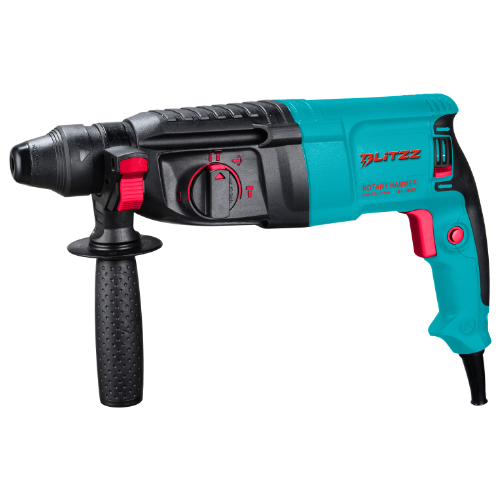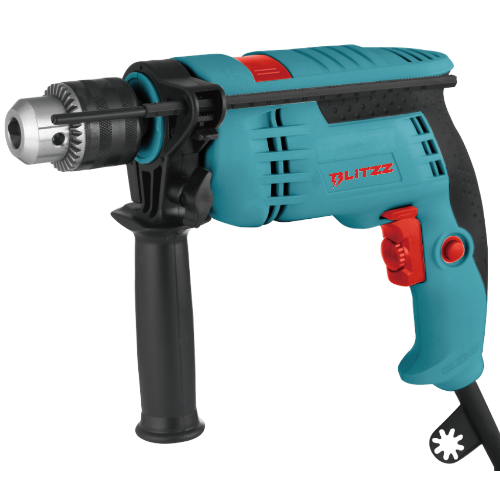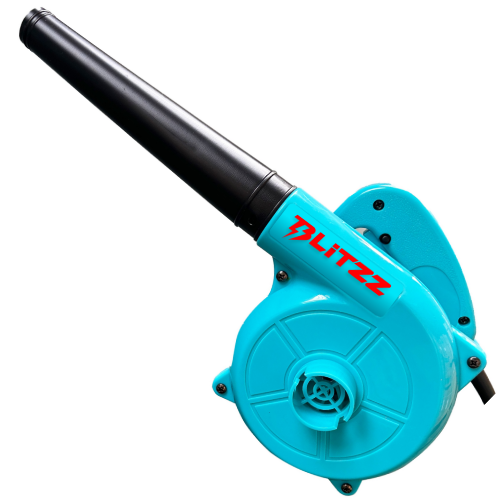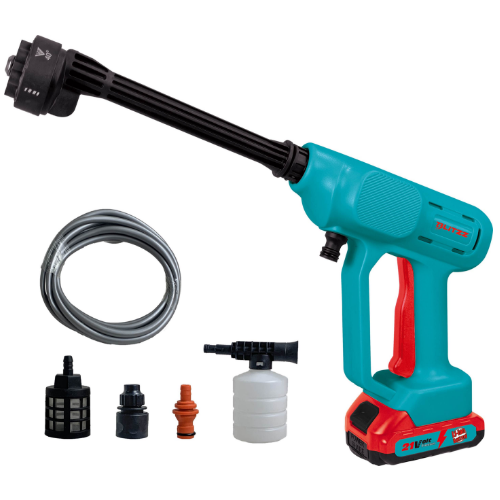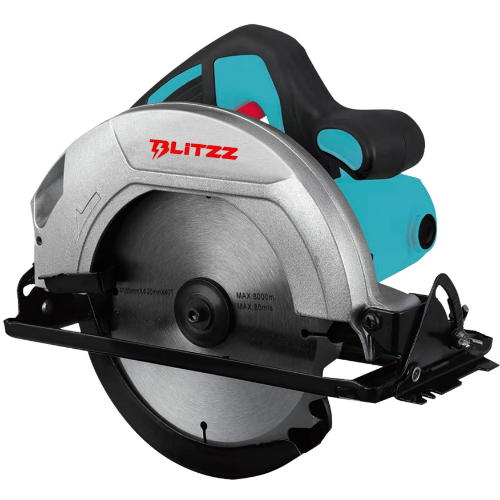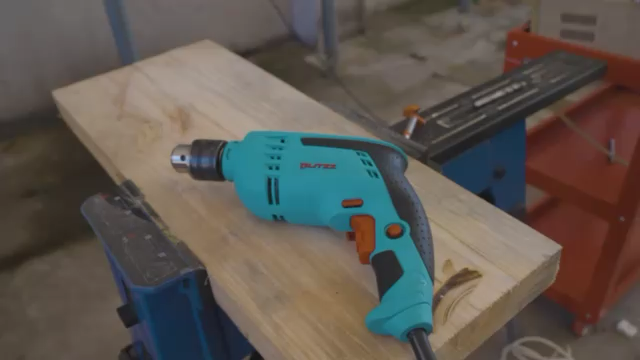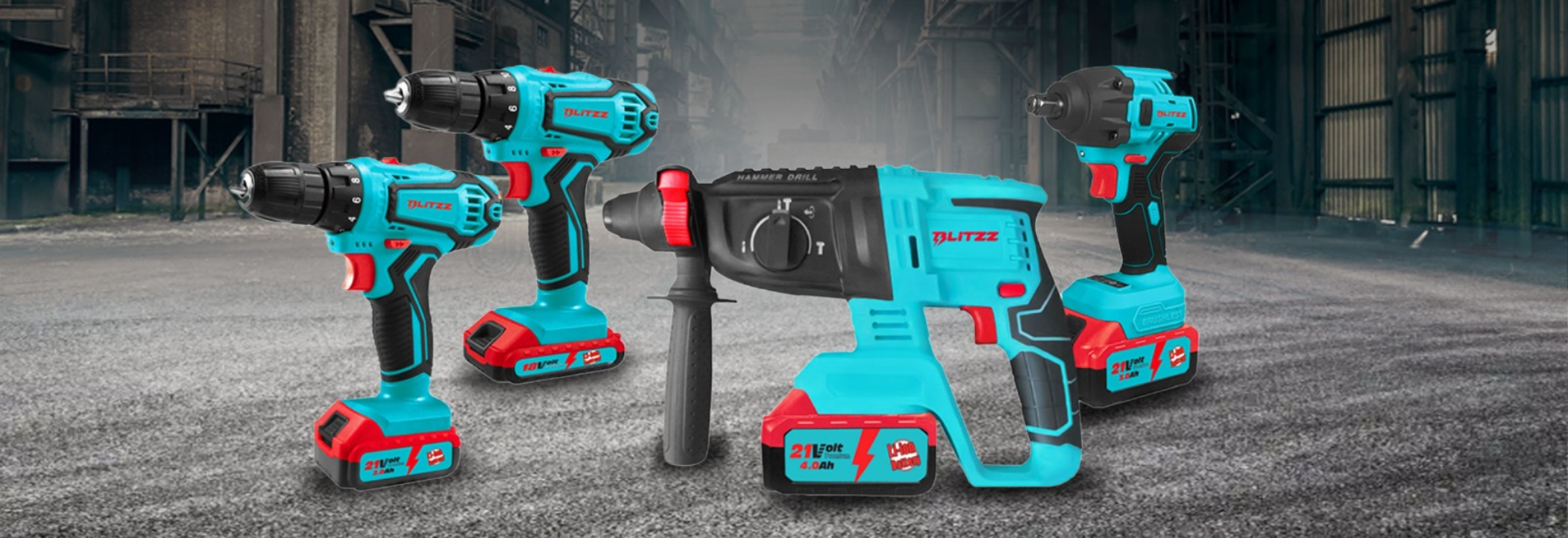Professional contractors and serious DIY enthusiasts recognize the rotary hammer as an indispensable tool for heavy-duty drilling and demolition work. Unlike standard drills, rotary hammers deliver powerful percussion mechanisms designed to tackle challenging materials like concrete, masonry, and stone.
Power and Performance Considerations
Selecting an exceptional rotary hammer requires careful evaluation of power output and performance characteristics. Motor strength determines the tool’s ability to penetrate hard surfaces efficiently. Professional-grade models typically range between 7 and 12 amperes, providing substantial energy for demanding construction tasks.
Manufacturers measure rotary hammer performance through impact energy, expressed in foot pounds or joules. Higher impact energy translates to superior drilling capabilities, especially when working with dense materials like reinforced concrete or granite.
Ergonomic Design and User Comfort
Exceptional rotary hammer designs prioritize user comfort and operational control. Advanced engineering focuses on reducing vibration, minimizing user fatigue, and enhancing overall handling precision. Ergonomic grip designs with soft-touch surfaces help minimize strain during extended work periods.
Weight distribution plays a crucial role in operational efficiency. Lightweight models under 10 pounds provide enhanced maneuverability, while balanced weight transfer reduces user exhaustion during prolonged use.
Operational Modes and Versatility
Modern rotary hammer technologies offer multiple operational modes, transforming the tool from a simple drilling device into a comprehensive workstation:
- Drilling Mode enables standard penetration through various materials with remarkable precision. Users can adjust drilling speed and intensity based on specific project requirements.
- Hammer Mode delivers powerful percussion actions ideal for breaking through tough surfaces. Specialized chisel attachments expand the tool’s demolition capabilities, making it invaluable for renovation and construction projects.
- Combination Mode integrates both drilling and hammering functions, providing unparalleled versatility for complex construction tasks.
Advanced Technology Integration
Innovative rotary hammer designs incorporate sophisticated technological features:
- Electronic variable speed controls allow precise adjustment of drilling parameters. Users can fine-tune performance based on material density and project specifications.
- Integrated safety mechanisms prevent accidental activation and protect against potential operational hazards. Electronic clutch systems detect sudden resistance, preventing potential motor damage.
Motor and Battery Technology
Professional-grade rotary hammer models offer two primary power configurations:
Corded electric models provide consistent, uninterrupted power for extended work sessions. Maximum electrical efficiency ensures reliable performance across challenging work environments.
Cordless battery-powered variants offer exceptional mobility and convenience. Modern lithium-ion battery technologies deliver extended runtime and rapid charging capabilities.
Accessory Compatibility and Flexibility
Superior rotary hammer designs feature universal mounting systems compatible with various drill bits and chisel attachments. Professional users appreciate tools offering comprehensive accessory ecosystems, enabling quick configuration changes between different project requirements.
Durability and Construction Quality
Premium rotary hammer models utilize robust materials engineered to withstand harsh working conditions. Professional-grade construction involves high-quality aluminum and reinforced polymer components capable of absorbing significant operational stress.
Sealed motor housings protect internal mechanisms from dust, debris, and moisture, extending the tool’s operational lifespan. Manufacturers incorporate advanced sealing technologies to maintain consistent performance across challenging environments.
Conclusion
Selecting the ideal rotary hammer requires a comprehensive understanding of individual project needs, performance requirements, and technological capabilities. Professional users must balance power, ergonomics, durability, and technological sophistication to make informed purchasing decisions.
